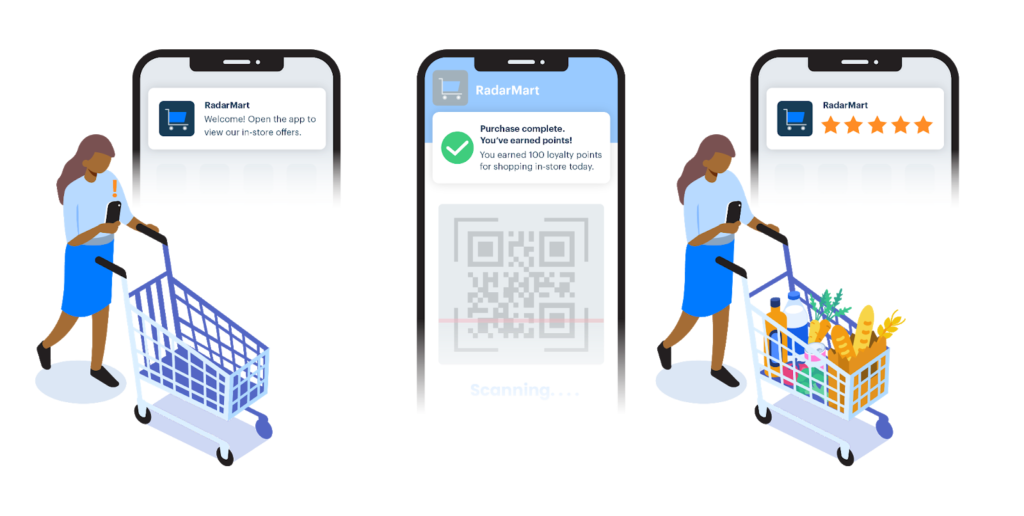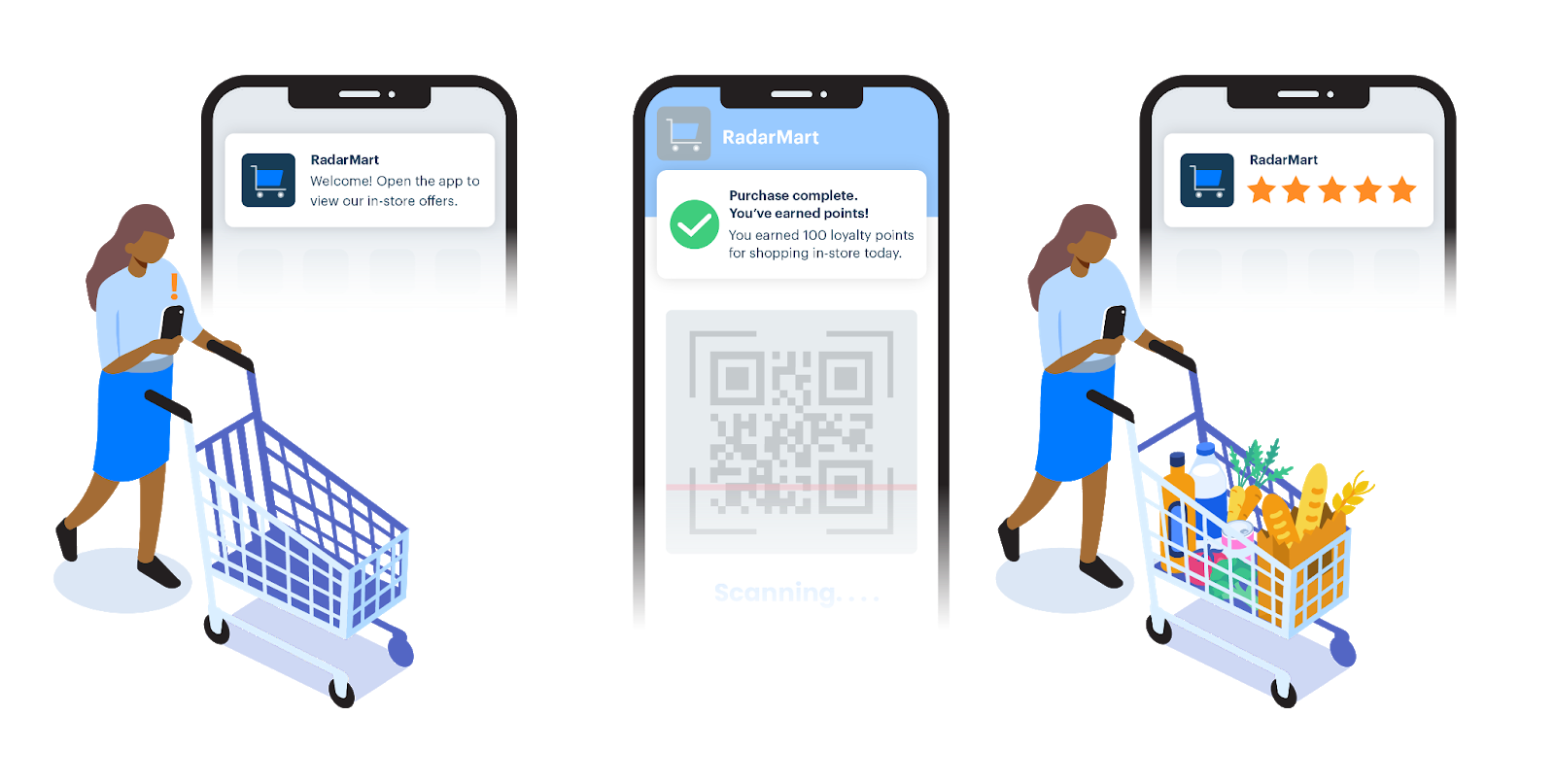In order to target your audience, geofencing uses GPS or radio frequency identification (RFID) technologies to establish a geographic fence or perimeter. In recent years, it has been used into marketing plans. Businesses can connect with customers when they enter or depart a certain geographic area by using location-based technologies. The majority of locations are now tracked on mobile phones, and users must have the store’s or a partner app loaded with tracking enabled in order to do so. Smartphones are typically used for location-based communications as well.

How do marketing efforts use geofencing?
As I previously mentioned, geofencing is frequently utilised to focus marketing efforts. A virtual geofence is built up around the area that the company intends to target. This could be the company’s own store, a rival’s store, a busy intersection, or a venue for an event. The targeted audience will include anyone who enters the geo-fenced area within the designated time period. The company can then communicate with customers via any channel to offer them messages, reminders, pertinent information, or promotional incentives (usually mobile devices).
Inspirations from real-world geofencing campaigns
Here are a few actual instances of geofencing campaigns from the largest market participants:
Foods Whole
Geofences were built by Whole Foods around each store site. Customers immediately received alerts and marketing offers as they entered these geofences, encouraging them to go to the closest Whole Foods store. Additionally, they have set up geofences around their nearby rivals. When potential consumers went to such locations, Whole Foods made deals to entice them away from the rival stores and into their location.

